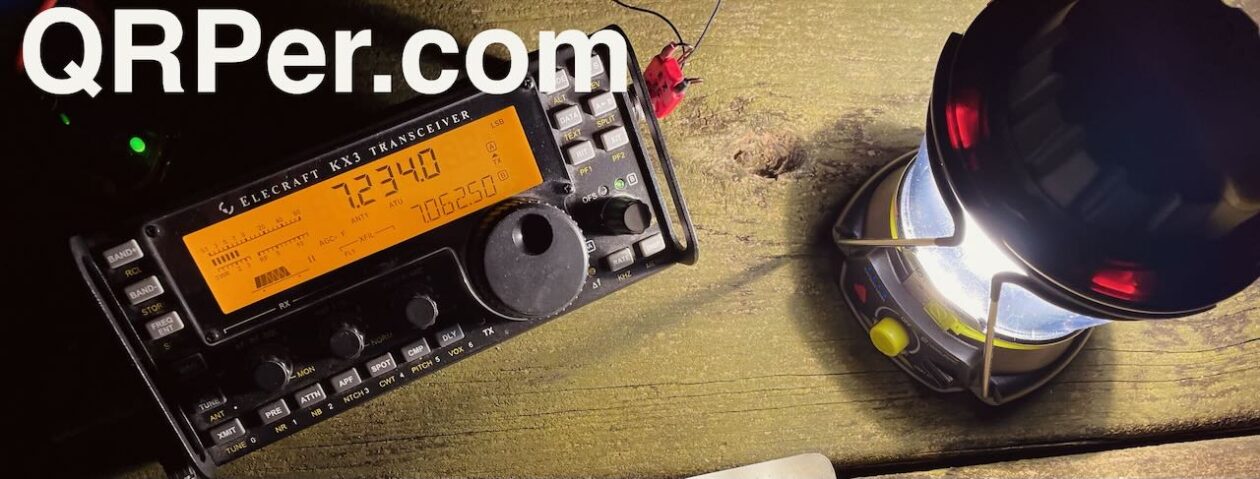Yesterday was one of those rare days where I had no pressing reason to leave the house—other than the temptation of a POTA activation. These days are a rarity, and honestly, staying home often wins out. As much as I love POTA, it’s also nice to settle in and simply enjoy being at home.
Yesterday afternoon, I deployed an EFHW antenna outside and tinkered with digital modes I hadn’t used in a while—mainly FT8, FT4, and PSK31. I connected my IC-705 to my MacBook Pro over WiFi using the excellent SDR-Control app.
When the cold started to bite (14°F/-10°C with a brisk breeze), I retreated indoors to my warm shack. With a mug of hot chocolate in hand, I performed a small ritual I repeat every few months as part of my field radio workflow:
Re-reading the manual
That’s right!

I typically have a particular radio I want to revisit. Yesterday, I focused on the KH1 and the MTR-3B, as well as the new Currahee (see above).
Recently, while using the KH1 in the field, I couldn’t recall how to move between CW message memory banks (M1, M2, M3 and M4, M5, M6). Even though I know this radio well—since I’m in the testing group, it’s one I’ve explored extensively—I had a mental blank. So, I grabbed the manual, found the answer, and practiced the process until it felt second nature again.
 After that, I skimmed the manual cover to cover. I didn’t read every single word but focused on pages that covered features I rarely use during POTA or SOTA activations.
After that, I skimmed the manual cover to cover. I didn’t read every single word but focused on pages that covered features I rarely use during POTA or SOTA activations.
 Every time I do this, I learn something new.
Every time I do this, I learn something new.
I decided to make a short video about this habit of mine and why I think others should give it a try (see below). I get so many questions from readers about how to operate their radios—often their only radio—and it’s clear that many haven’t opened the manual since unboxing their rig. Instead, they rely on Google or YouTube for answers.
When someone asks me how to perform a specific function, I don’t want to sound grumpy by saying, “Read the manual!” Instead, I point them to the exact page they need and encourage them to read the entire manual. It doesn’t take that long and there’s a reward in the end.
Here’s the thing: when you invest in a high-quality transceiver, you owe it to yourself to fully explore its functions and features. Why not maximize your “return on investment” by understanding everything your radio is capable of?
 Reading the manual isn’t just about solving immediate problems—it’s about discovering hidden gems that could enhance your experience on the air.
Reading the manual isn’t just about solving immediate problems—it’s about discovering hidden gems that could enhance your experience on the air.
On the Ham Radio Workbench Podcast, we’ve talked about this very topic, and it turns out I’m not the only one who re-reads manuals regularly.
So, do you ever revisit your radio manuals? Have you found this practice helpful? I’d love to hear your thoughts—please share in the comments!
Video
Here’s the video I posted on YouTube:






